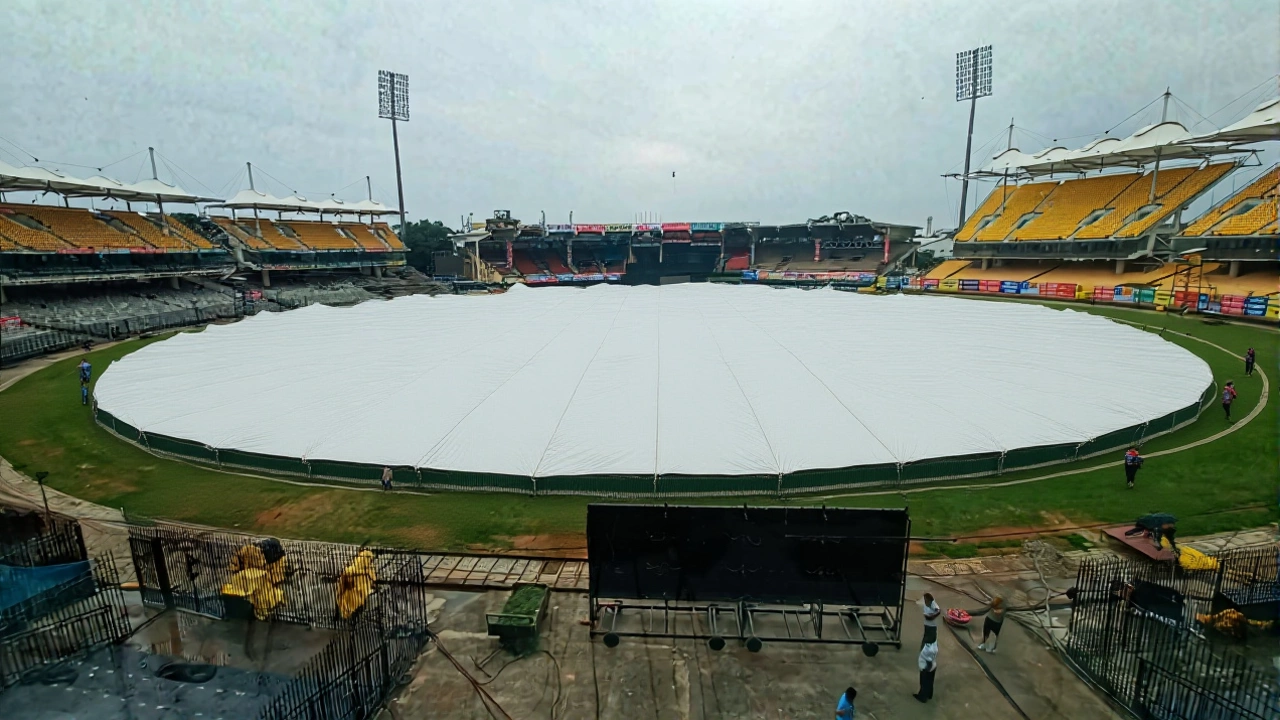Weather Insights & Updates – India Web Hosting Insights
When you check weather, the current state of the atmosphere, including temperature, precipitation, wind and humidity. Also known as meteorological conditions, it shapes daily life, travel plans, and even online traffic patterns. Related concepts you’ll encounter include climate, long‑term atmospheric trends that set the stage for daily weather, forecasting, the science and technology used to predict future weather events, and temperature, the measure of how hot or cold the air feels at a given moment. Understanding these links helps you read the news, plan events, and keep your website running smoothly when the sky changes.
Why Weather Matters for Your Online Presence
Think about a sudden heatwave in Delhi: people flood social media with queries about staying cool, local businesses see spikes in search for fans, and e‑commerce sites experience a surge in sales of cold drinks. That chain reaction is a classic example of a semantic triple – weather influences consumer behavior. When weather forecasts predict heavy rain in Mumbai, logistics firms adjust delivery routes, and cloud‑hosting providers may need to scale resources to handle increased streaming of indoor entertainment. In short, weather isn’t just a backdrop; it’s a driver of traffic, server load, and even SEO trends.
Another triple to note: forecasting requires data tools. Modern forecasting relies on satellite imagery, radar networks, and AI models that chew through terabytes of data. Those tools are the same kind of high‑performance infrastructure that powers our web‑hosting reviews, meaning a solid grasp of forecasting tech can inform better decisions about hosting plans during peak weather periods. Likewise, climate influences weather patterns over seasons, which in turn affects long‑term planning for content calendars and marketing campaigns. By tracking climate shifts, you can anticipate when certain topics – like monsoon‑related health advice or summer travel tips – will gain traction.
Temperature, a core attribute of weather, also plays a hidden role in website performance. Server rooms in hot regions need robust cooling; otherwise, hardware throttles, slowing page loads and hurting user experience. Knowing the typical temperature range for a region lets you pick a data center that matches your budget and reliability needs. Similarly, precipitation – whether it’s a light drizzle or a severe thunderstorm – can disrupt power supplies, prompting backup generators and redundant connections. Being aware of precipitation trends helps you negotiate service‑level agreements that cover unexpected outages.
Our collection of posts below reflects how weather intersects with a wide range of topics – from sports events altered by rain, to legal cases where extreme weather impacted court schedules, and tech releases timed around seasonal demand. You’ll see articles about AI tools that improve weather predictions, analyses of how tax changes affect vehicle sales in different climate zones, and even cultural pieces on how communities adapt to changing weather patterns. Each piece adds a layer to the bigger picture: weather isn’t isolated; it weaves through sports, law, technology, finance, and everyday life.
Ready to dive deeper? Below you’ll find curated articles that illustrate these connections in action. Whether you’re looking for a quick weather‑related tip for your website, a detailed case study on how rain reshaped a sports tournament, or insights into the tools that power modern forecasts, the posts ahead have you covered. Let’s explore how the sky above shapes the stories below.

- 0 Comments
India leads England 1-0 as the second T20I heads to Chennai's Chepauk Stadium on Jan 25. Clear weather, spin‑friendly pitch, and Shami's fitness could decide the match.